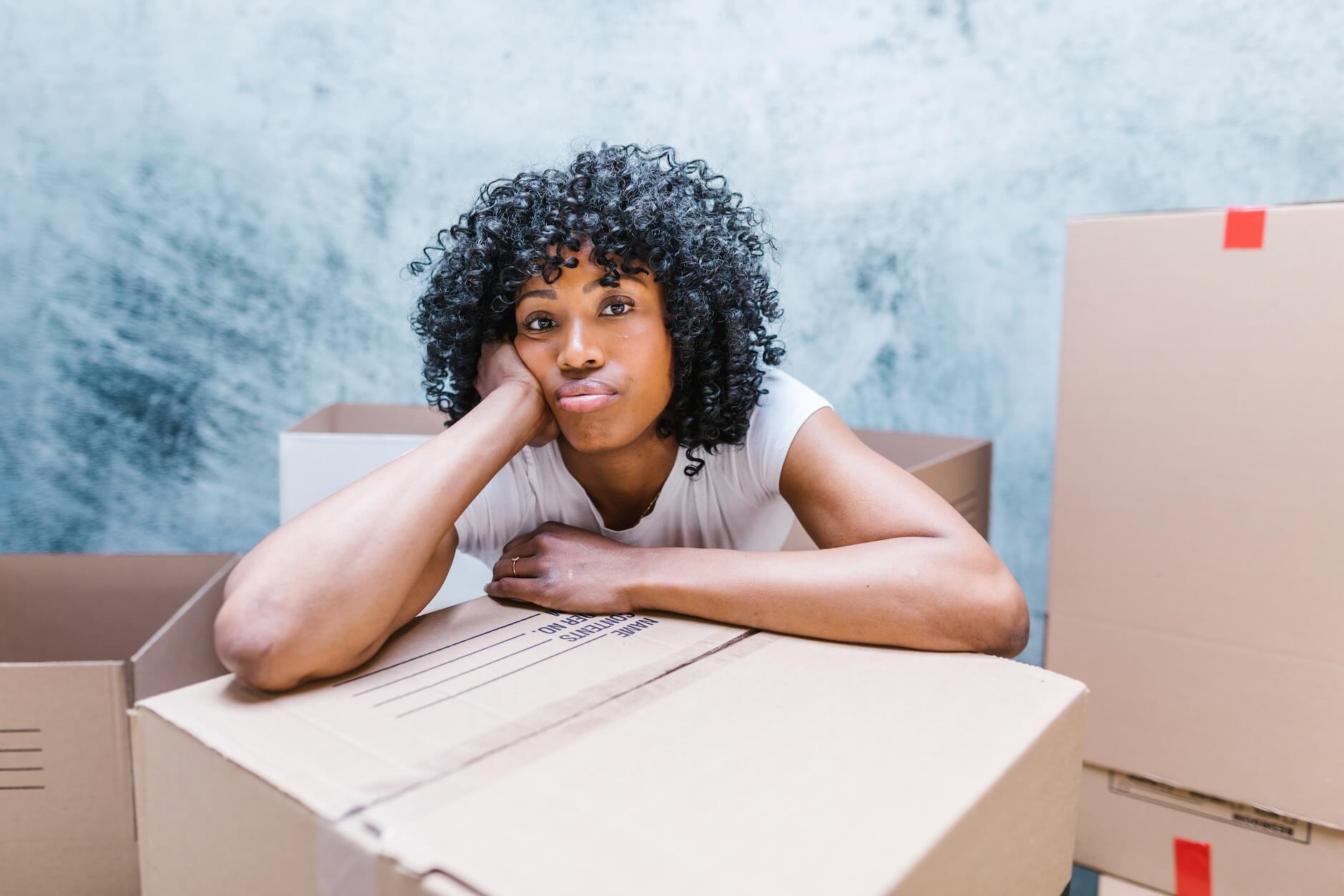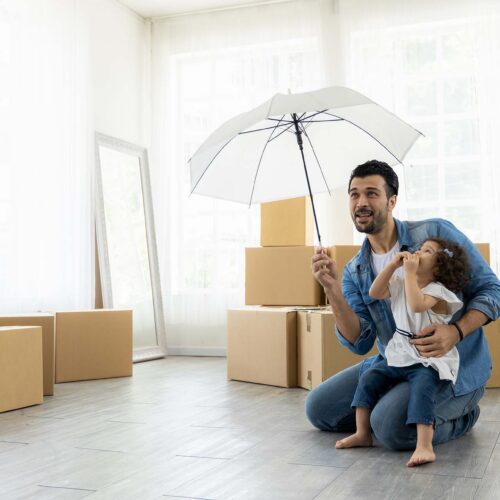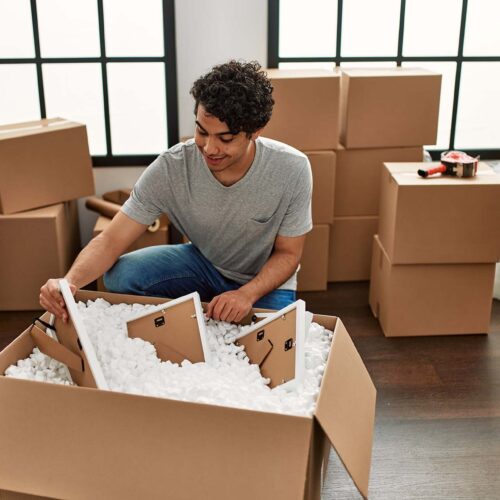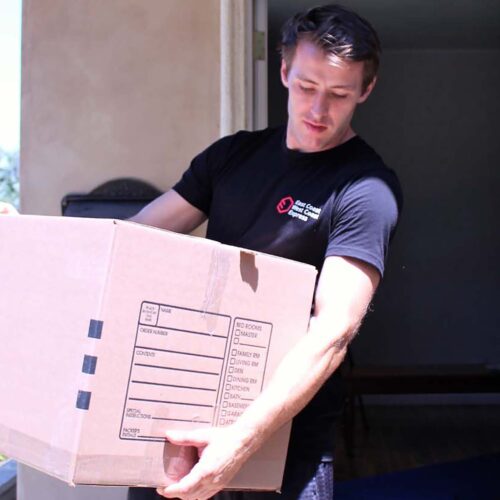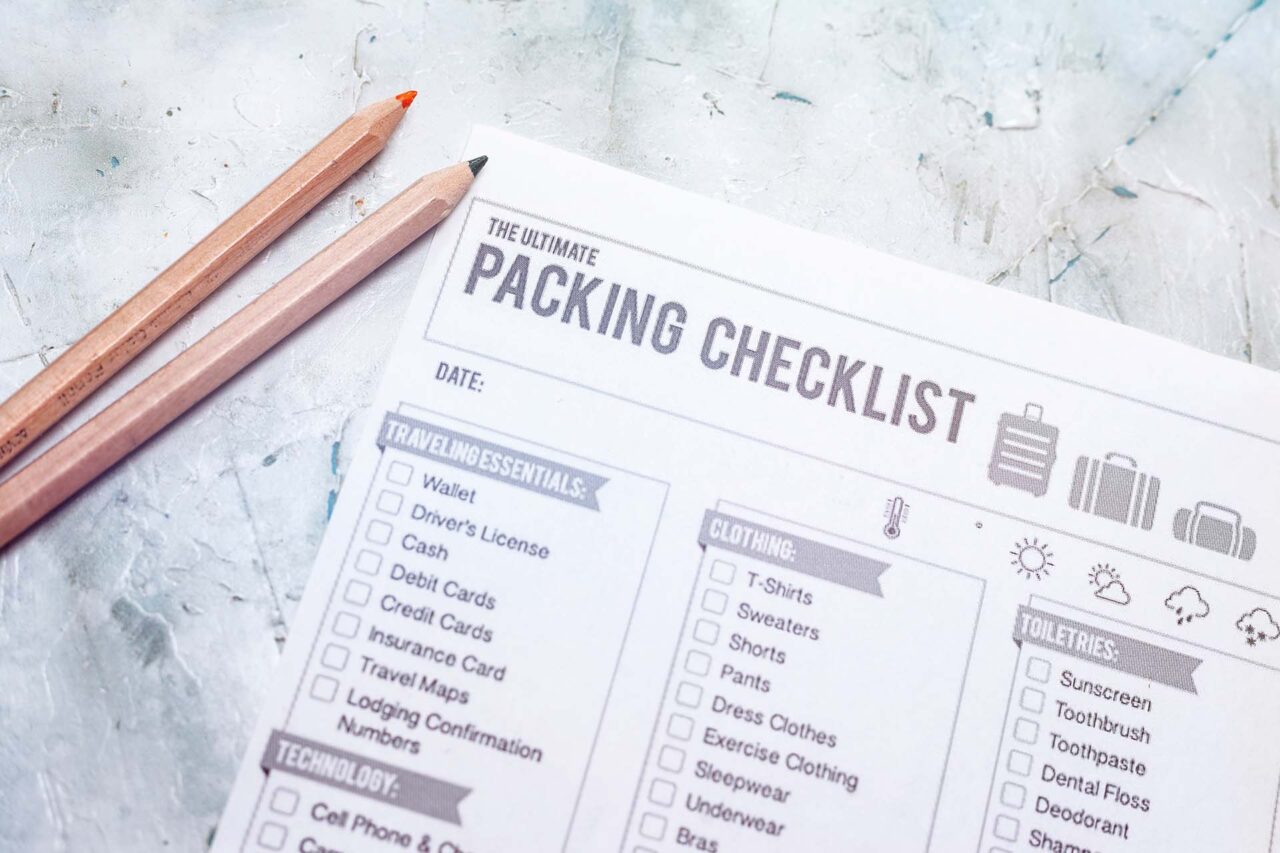

One of the biggest tasks when relocating long-distance is getting all of your belongings packed, but it’s pretty common to forget things if you didn’t put together a packing list. Before you set out on your relocation, make sure you’re prepared to get everything done right and on time. There’s no better way to start than a reliable packing checklist. To help get you on the right foot, here is the ultimate guide to packing for a move.
How to Set Up Your Packing List
When getting organized to move long-distance, one of the best things to do is write things down. The same thing can be applied to managing your belongings and getting them packed. Creating clear and comprehensive lists is one of the most crucial things to do before moving. Even if you don’t plan to pack yourself and contact a long-distance moving company to help you instead, having a checklist is still very beneficial and will help both you and the movers.
You should have a pen and pad ready for starters, or you can download an app to help you create lists. Next, check each room in your house or apartment and make a household inventory list for each item. From there, you can separate what stuff you should pack and what not to pack when moving. This will make life much easier on you and take a massive load of moving stress off of your shoulders.
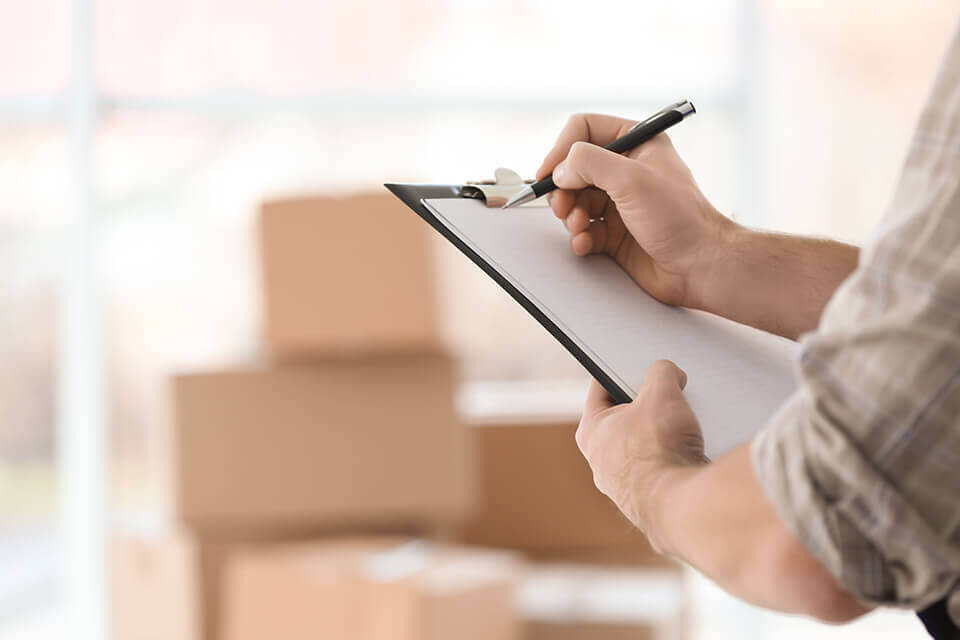 Making a packing list in your home will save you lots of time
Making a packing list in your home will save you lots of time
#1 Packing Materials – Choose the Right Ones for Your Things
Once you’ve got everything written down, you’re going to have to have the right materials. You can easily find materials and other moving essentials you need in hardware stores, home improvement stores, grocery stores, or online. If you’re on a tight budget and don’t want to go over, you can always find free materials or use stuff around the house. These are also great packing tips for moving in a hurry if you’re short on time.
Store-Bought Packing Materials
If you’re looking for more high-quality materials, you can check home improvement stores or hardware stores. Take a trip to Home Depot or Ace Hardware for excellent quality materials, or you can hire long-distance movers and order some of their packing supplies along with their packing service. Either way, here is are some things you should buy:
- Moving boxes
- Tape
- Paper
- Bubble wrap
- Cling wrap
- Scissors
- Markers and box labels
- Foam peanuts
You can also find many of these materials in grocery stores or general merchandise retailers like Target, Walmart, Sam’s Club, or Costco.
Free Materials and Stuff You Can Use at Home
If you’re looking for a cheaper option or having to do some last-minute moving, you can also use everyday stuff around your home or find free materials around town. Many grocery stores usually throw away cardboard boxes they used to carry store items. You can always take a trip to your local grocery store and ask one of the workers if they’ll give you any discarded boxes. You can also ask friends and family if they have any spare materials they’re willing to part ways with. Also, be sure to check around the house for these things you can use instead:
- Blankets and sheets can be used to cover TVs, computer monitors, or even to carry other large pieces of fabric you own,
- Towels and rags can be used to wrap dishes and other fragile belongings,
- Newspapers are an excellent alternative for paper,
- Ziploc/Sandwich bags are very convenient and can be used to hold small objects and toiletries,
- Tote bags are great for storing clothes.
You should be able to find many of these things lying around your house, and you’ll be able to put them to fair use.
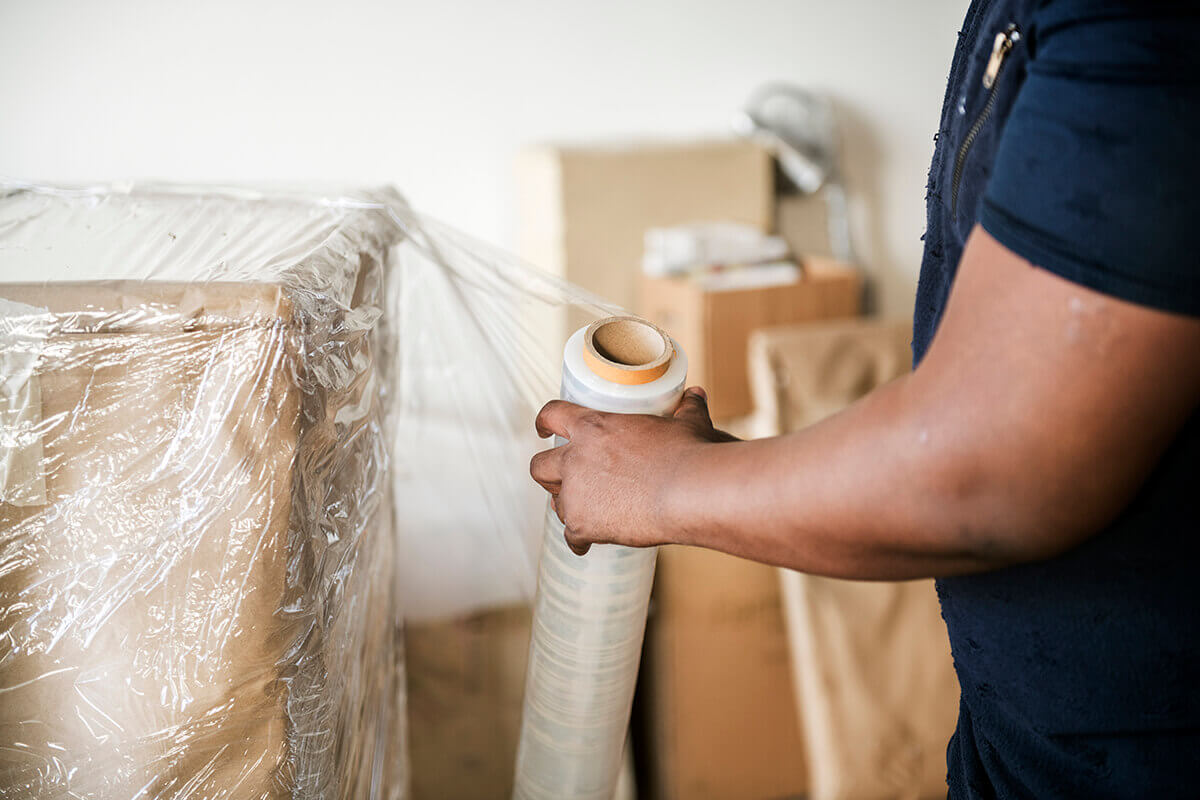 Buy or find materials to use in hardware and home improvement stores or at home
Buy or find materials to use in hardware and home improvement stores or at home
#2 Handling Breakable Items
Packing fragile items can be a tough thing to do, but it still needs to be done. Things like dishes, glasses, and electronics should be handled with lots of care. If you aren’t confident in getting certain how to pack china for moving or how to handle other breakables, you can always hire cross-country movers for their moving services to help you get your fragile things packed for travel.
Materials You Should Have for Fragile Items
When handling easily breakable belongings, you’ll have to have a fair amount of materials to protect them during travel. If you’re wondering how to pack electronics for moving, for example, you’ll have to have some soft material that can be used to wrap and cushion each item. The same can be said for dishes and glassware. Here are some of the best materials you’ll have to buy extra of:
- Small boxes
- Foam peanuts
- Paper
- Regular tape
- Cling wrap
- Fragile labels
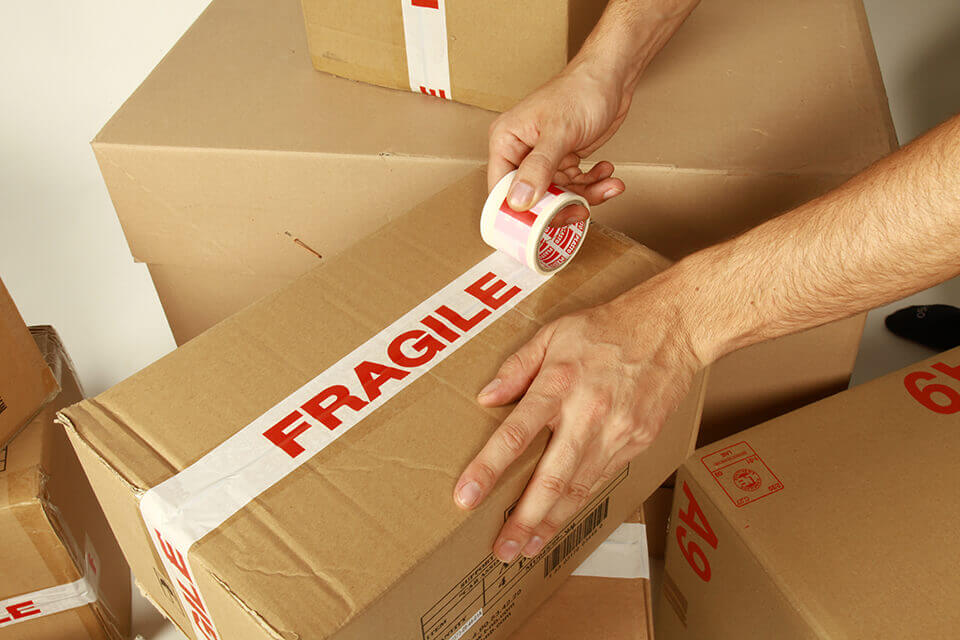 Your easily breakable belongings require special care and plenty of soft material to protect them
Your easily breakable belongings require special care and plenty of soft material to protect them
#3 Fold and Pack Clothes With These Tips
Depending on how much you have, getting clothes and shoes packed can be a pretty easy task. They’re light, easy to manage, and for the most part, pretty durable. However, they can quickly take up a lot of space, and some clothes might need special care. We mentioned earlier that having tote bags is a great way to pack your clothes and save room. You can also utilize your luggage suitcases and handbags as well – luggage suitcases are the best for getting shoes packed.
Rolling Instead of Folding
One of the best tips you can try is to roll your clothing instead of folding it to pack it. This method will save you a lot of room that can be used for other things, and it’s an excellent way to keep your clothes from getting wrinkled. Check out the video below for detailed instructions.
#4 Items You Should Always Carry During Travel
Before you hit the road, make sure you have specific belongings for the trip itself. This includes things like a first aid kit, phone charger, and snacks. If you don’t remember to bring them, the trip to your new home can get challenging pretty quickly It’s equally important to have them with you and not packed away, so you should always carry a travel backpack handy so that you can keep these belongings close by. This backpack should also include essentials that you’ll need on the first day before you start unpacking.
Always Bring Travel Documents with You
Much like knowing how to organize important documents at home, you’ll need to organize them for travel, too. When taking a trip anywhere, even for a move, you need to bring important documents and keep them close by in case of an emergency. Keep them in a backpack or the glove compartment of your car, unless an auto transport service is shipping your vehicle.
First-Aid Kits and Food for Long Trips
While on the road, you’re likely to get hungry, and sometimes accidents can happen, so you’ll need both a first-aid kit and some snacks to bring along. Though it might not seem like it, you’ll have more of a stress-free moving experience if you have these things. Nothing is worse than being hungry on the road or risking going to the doctor’s office for a minor injury.
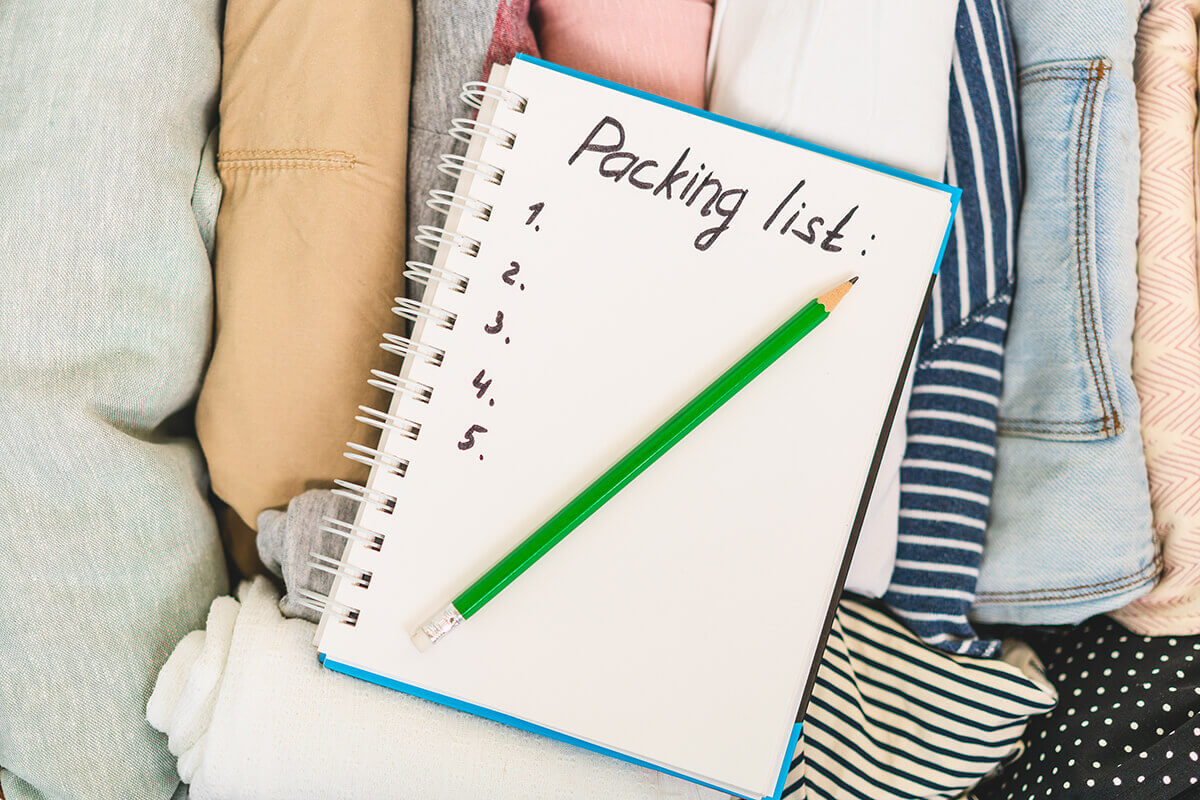
Hire Movers to Help You
Having a packing list can make the relocation easier, but it’s always best to leave it to the professionals. Apart from moving services, you can get movers to help you with your entire process. By getting the packing service, you can rest assured that your items will be handled properly during the entire relocation process. What’s more, if you get the professionals to pack everything, all your belongings will be covered by moving insurance.

